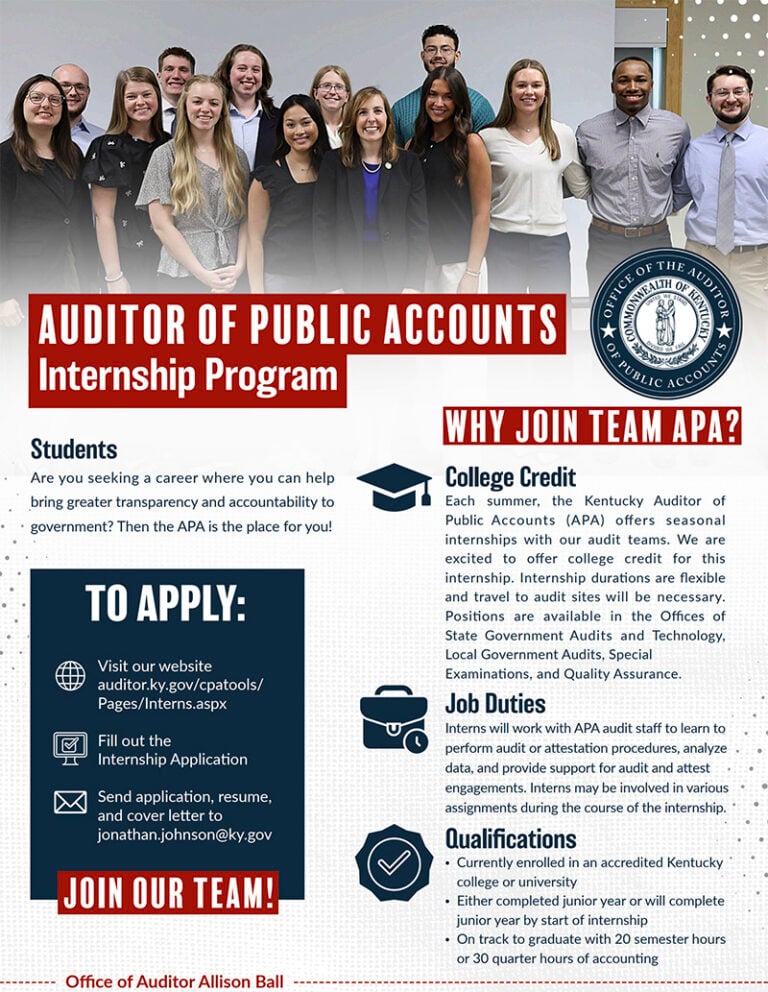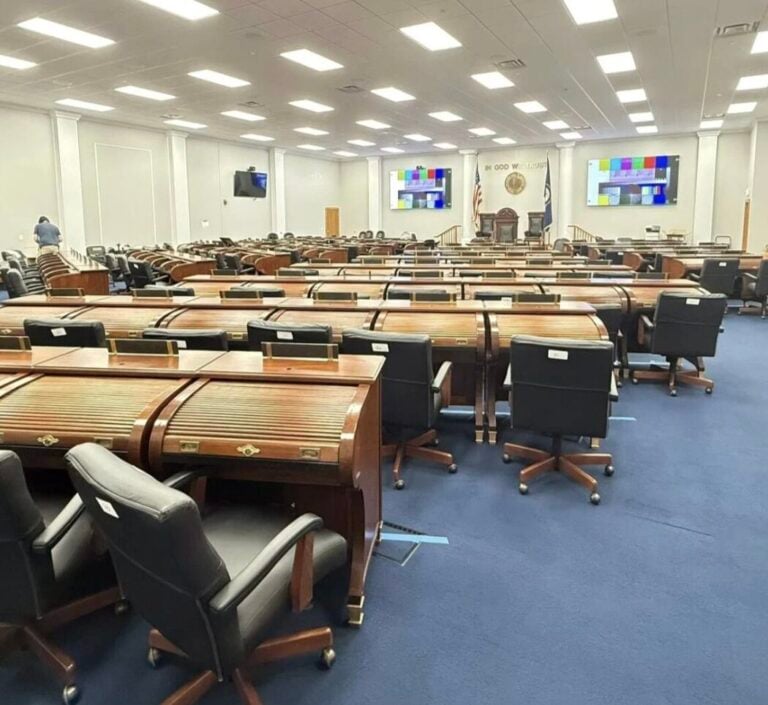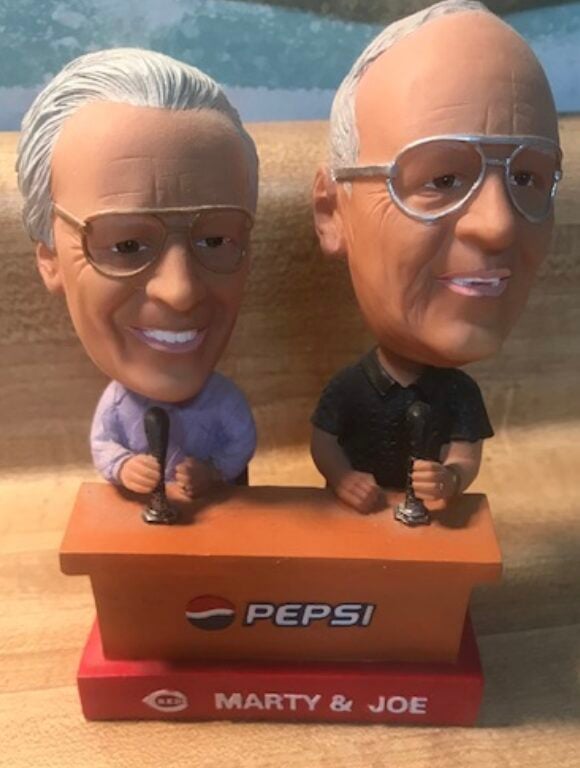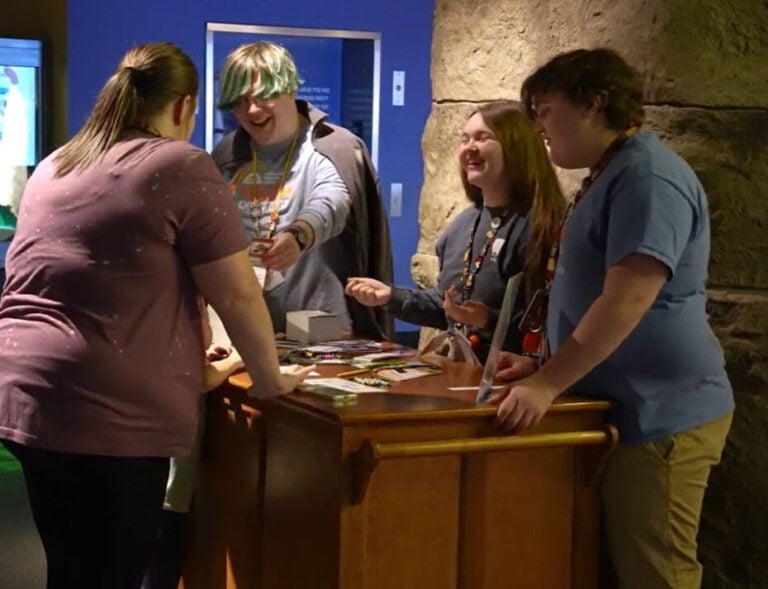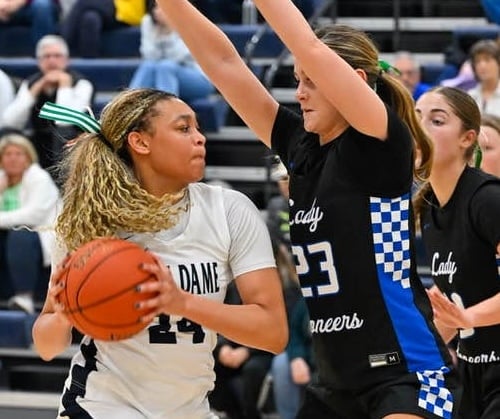The extra baggage most of us carry is invisible – sometimes even to ourselves. A case in point occurred last week when two legislators, engaged in official Kentucky business on the Capital Projects and Bond Oversight Committee, used an anti-Semitic phrase in negotiating the cost of a state lease agreement.
Rep. Walker Thomas, R-Hopkinsville, and committee chair Sen. Rick Girdler, R- Somerset, both used the offensive slur. Thomas said it first, when he was overheard on a hot mic, chuckling over his nasty witticism. Adding insult to injury, Girdler repeated it for the audience.
“We’ve got a representative up here (asking) if you could Jew them down a little bit on the price.” He paused briefly before adding, “That ain’t the right word to use. ‘Drop them down,’ I guess.”
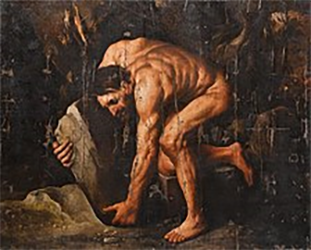
The apology that came later, while grammatical, was half-hearted.
“It is a phrase I have heard throughout my life,” Thomas insisted, as if ignorance were defense against repeating a callous stereotype that dates back to the Middle Ages.
He did have the grace to admit that being called out for his offensive language provided him with “an opportunity to reflect on the impact words have.”
So he isn’t sorry for what he said, but he’ll think about it.
What a pity that Thomas and Girdler were not in attendance at a workshop conducted at Murray State University last week. Entitled “The Hire,” the 90-minute session is part of ADVANCE, a series of campus-wide initiatives to address a range of workplace issues, including bias.
“The Hire” uses interactive theatre to depict, scene by scene, the kinds of implicit and explicit bias that can be woven into human behavior, sometimes so seamlessly their offensiveness goes unrecognized by the offender. (In some cases, such biases venture into the realm of the illegal.)
The situation depicted in “The Hire” is a fictional university search committee seeking the best candidate for a tenure track position in a STEM discipline, a field traditionally dominated by men. The dialog sparked by each scene facilitates discussion of best practices to improve the hiring process while incorporating skills and strategies that are fair, legal, and meet expectations of professionalism and civil communication.
Dr. Maeve McCarthy, Interim Assistant Dean and Professor of Mathematics and Statistics MSU, is the Principal Investigator for ADVANCE. She explains that reducing biases in hiring can “help us more effectively recruit and retain talented women faculty. Interactive theatre has been very helpful in helping campus stakeholders to learn more about the implicit bias that affects their decisions on an everyday basis.”
Each character on the “search committee” brings different personal and professional needs and priorities to the team. One, a male associate professor who will be applying for his own tenure position in another year, treads carefully and finally retreats from conflict to agree with the hiring choice of the interim department chair.

A female assistant professor clashes with a male on the team who is half-hearted in support of women in STEM. Another search member, a full professor and co-chair of the department, remembers her own career history, when women were deliberately overlooked for STEM positions.
Dr. Donald Adongo, in the MSU Department of Mathematics and Statistics, facilitated “The Hire.” As a statistician, he is familiar with the impact of bias on hiring, tenure, and promotion in technical fields. He sees the value of give-and-take discussion integrated into the workshop as equipping participants “with the skills to navigate the arising situation and, in the process, educate the parties involved.”
The actors portraying the various roles have learned something about their own biases and gained insights into the ways those predilections are played out on stage and in real life professional situations. Brad Brauser brings the fictional Dr. Noah Müller to life with a booming voice and a deprecating sense of humor. A subtle revelation of his character’s bias made an impression that will stay with him.
“What I took away from this,” he said, “is that bias is not always something that is ‘in your face’ but something that lives in the minutiae of our interactions with others.”
Sarah Hines, who clashed with Müller at several points in the script, expressed her character’s bias in subtle ways, including deliberately mispronouncing Noah’s surname. Her biggest takeaway from “The Hire” is that some biases are not motivated by negative intentions.
“Certainly a character or two in the play sometimes appears monstrous” she remarked, “but at the end of the day, they all feel like they are protecting people and doing the right thing. It really illustrates how good intentions are not enough and we must judge actions, not intentions.”
Speaking of actions and intentions leads back to the two legislators and their anti-Semitic language. These two, and their colleagues, are proposing Senate Bill 138, which requires teaching a set of core documents “to be embedded across middle and high school curricula” and prohibits a public school teacher “from being compelled to discuss current events or controversial topics.”
Another aspect of the proposed legislation lets employees opt out of training (like “The Hire”) that might help them improve their ability to understand, appreciate, and interact with people from cultures or belief systems different from their own.
Mark Mallory, principal of Calloway County’s Southwest Elementary School, has taken workshops that deal with bias at professional conferences and university meetings, but he explained that they are not required training in his district. Based on his experience, however, he thinks everyone in public education could benefit from training that explores the impact of implicit and explicit bias and how it plays out in the classroom, the teachers’ room, at parent conferences, etc.
“You don’t know what you don’t know,” he said, “and opportunities to expand that lens are important. Sometimes training helps you recognize what you’re doing wrong.”








